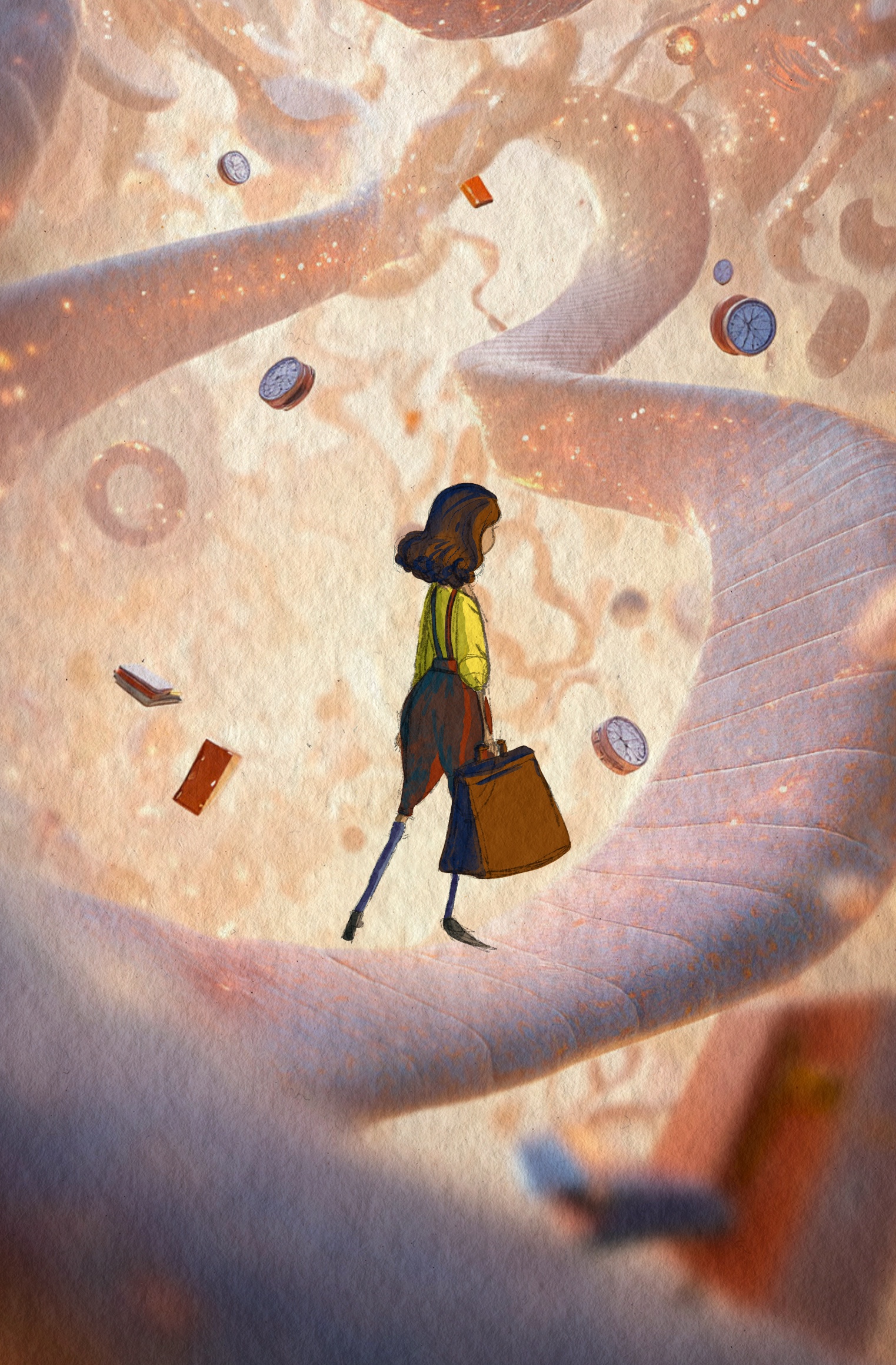Aroturuki te takutai moana mai i te rangi: Using satellite and UAV imagery to map the dynamics of the coast at sites with anthropogenic debris in Southland, New Zealand
Abstract
The coast is a naturally active margin that forms an important barrier system subjected to the forces of both the terrestrial and marine environment. Coastal erosion has become a problem where infrastructure and debris along the shore are being consumed by the ocean. The overall aim of the study is to evaluate and generate effective monitoring and management of the changing coast at sites with anthropogenic debris. This study investigates four sites along the southern coast of the South Island, New Zealand. The sites investigated are Monkey Island, Colac Bay, Fortrose, and Porpoise Bay. Historic satellite imagery is used to investigate coastal dynamics by extracting the rate and magnitude of change occurring from past shorelines. 3D imagery was collected using a drone to collect volumetric change. Each site has shown a range of dynamics along the coast that can be defined into four different patterns. These patterns are stable, unstable, eroding and accreting. Sites without human intervention show constant signs of erosion. Human intervention from reinforcement prevents the coastline from retreating. This is seen at Colac Bay and Fortrose. Porpoise Bay has an unstable coastline and new houses are being built along the beach where the soil underneath them is just sand. The overall results will aid in predicting future shorelines and monitoring and managing coastal change.
Downloads
Metrics
Copyright (c) 2022 Cassandra Newman
Article text:

This work is licensed under a Creative Commons Attribution 4.0 International License.
Photos:
The images in Rangahau Aranga are not covered by the Creative Commons license and are subject to copyright. Permission to reproduce this material must be sought from the copyright holder concerned.






